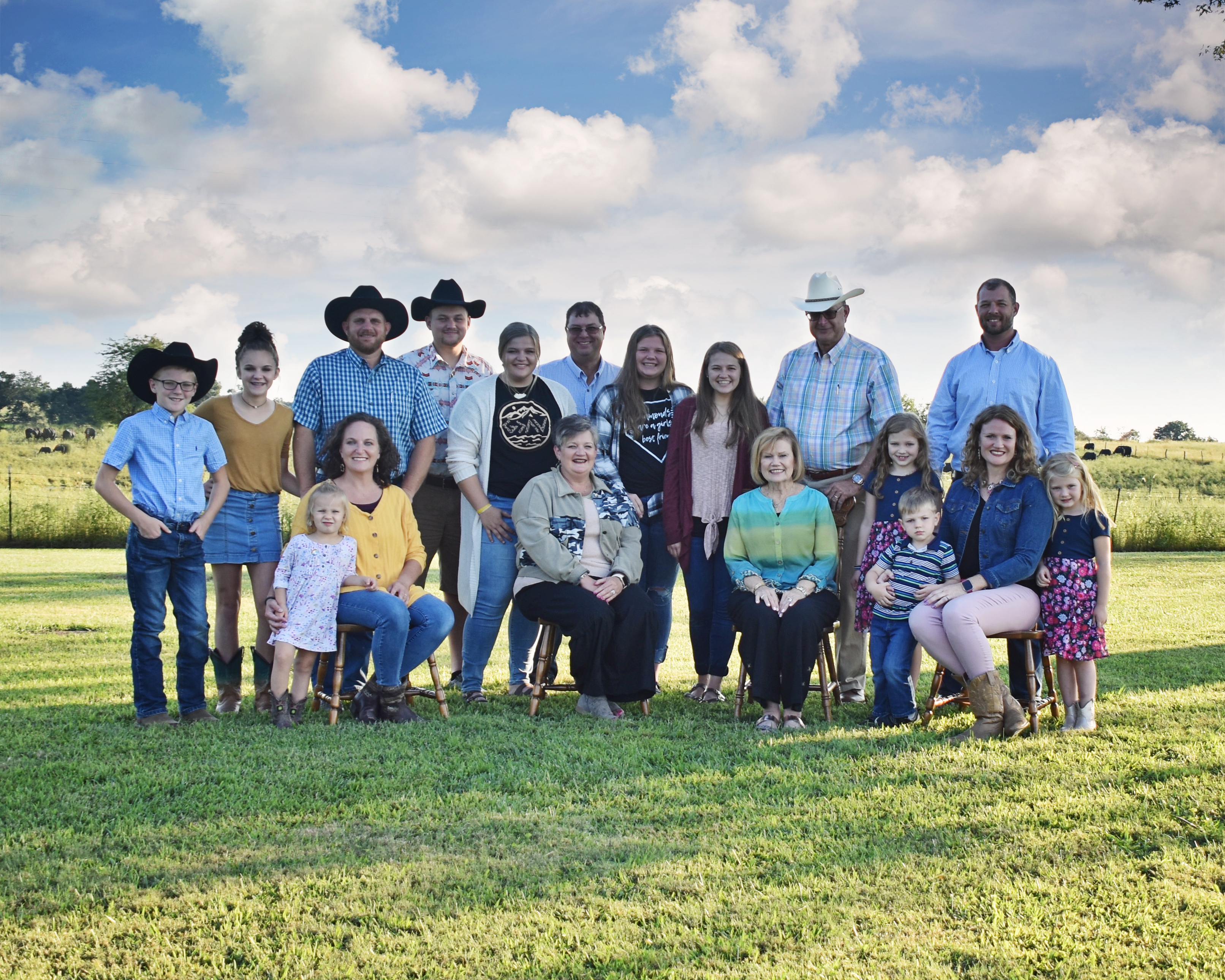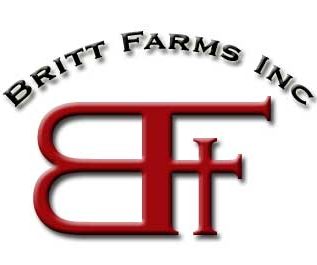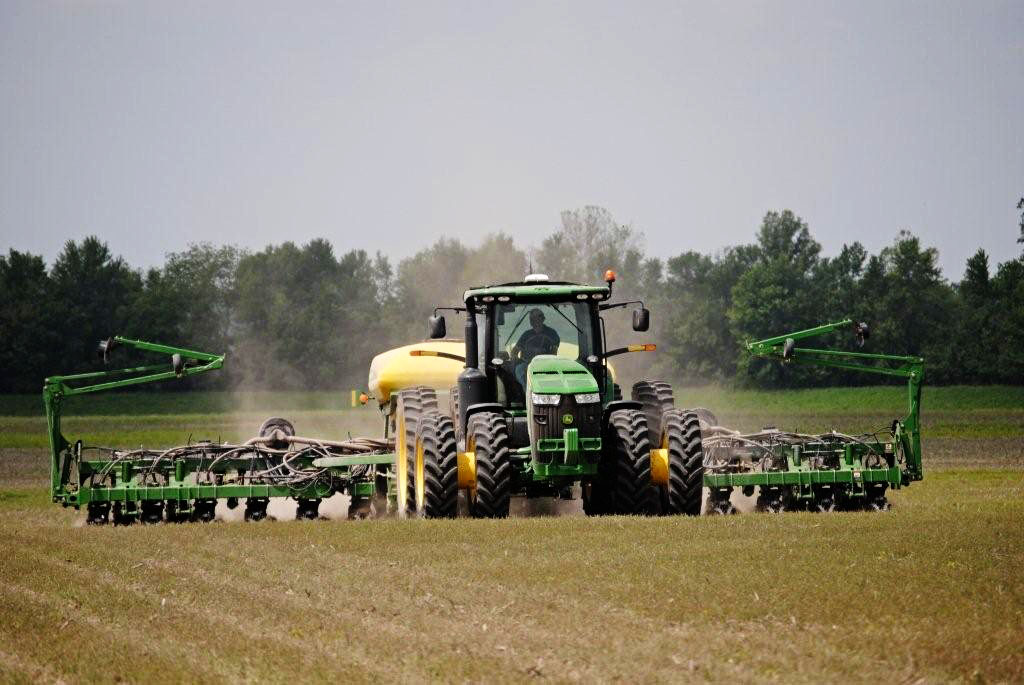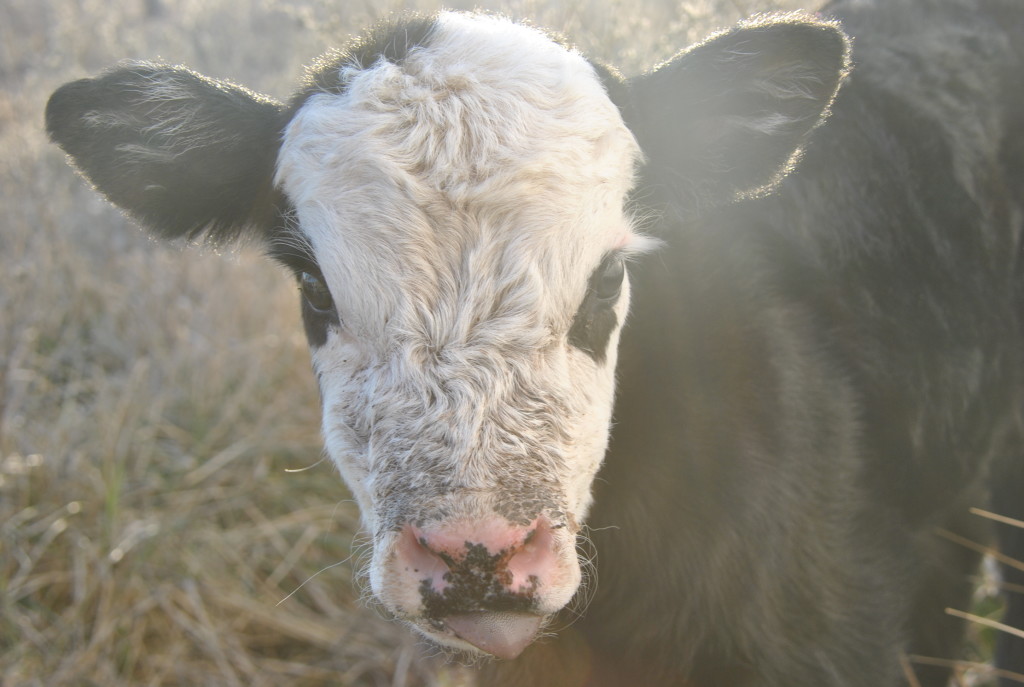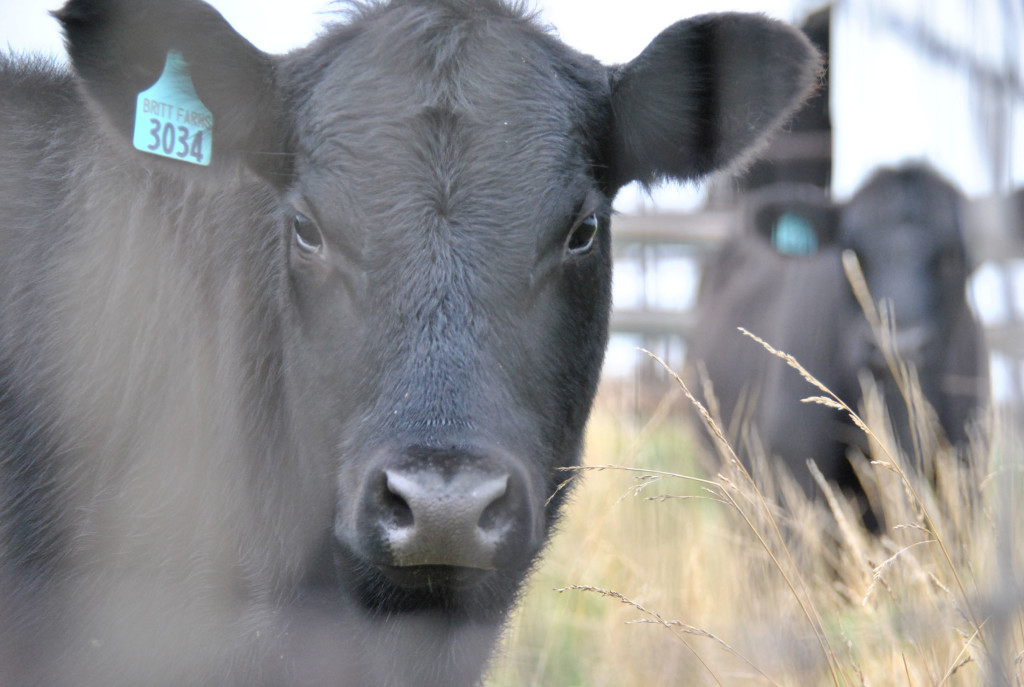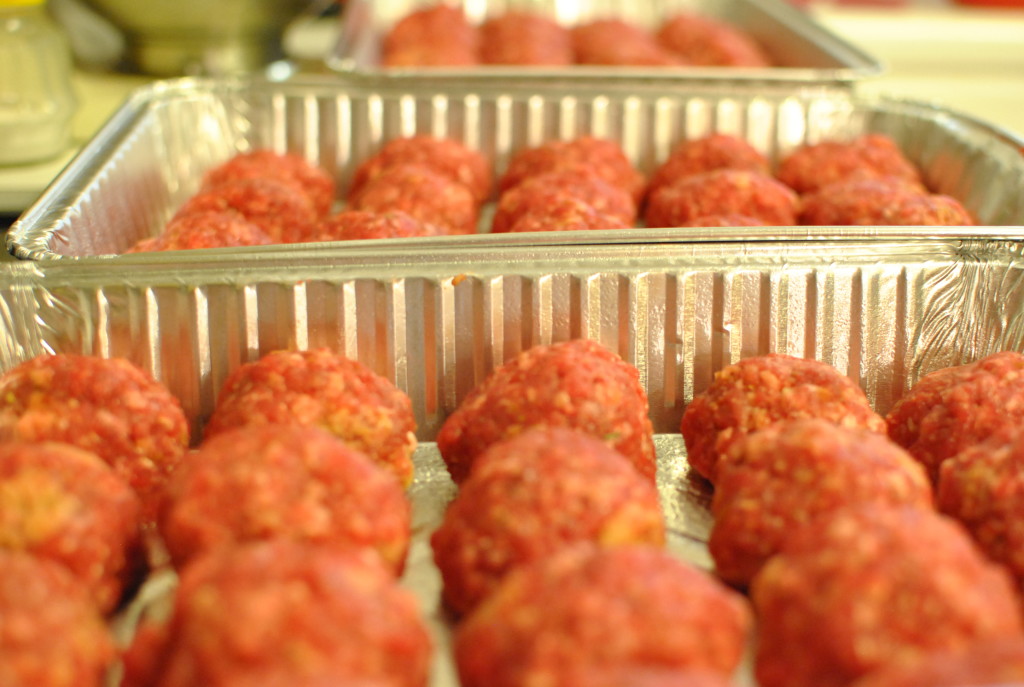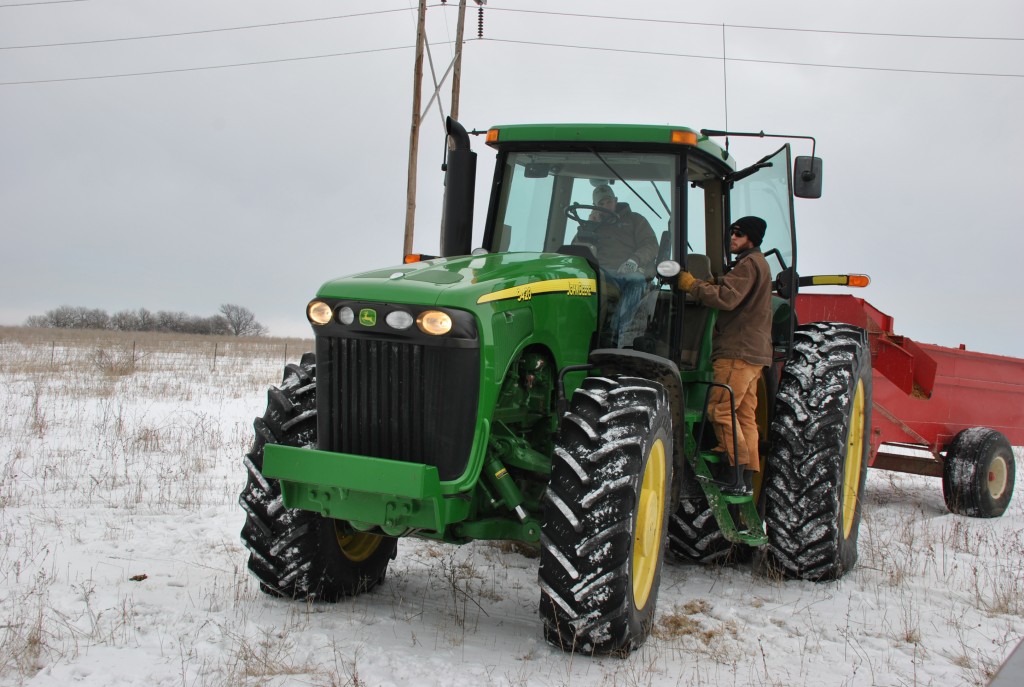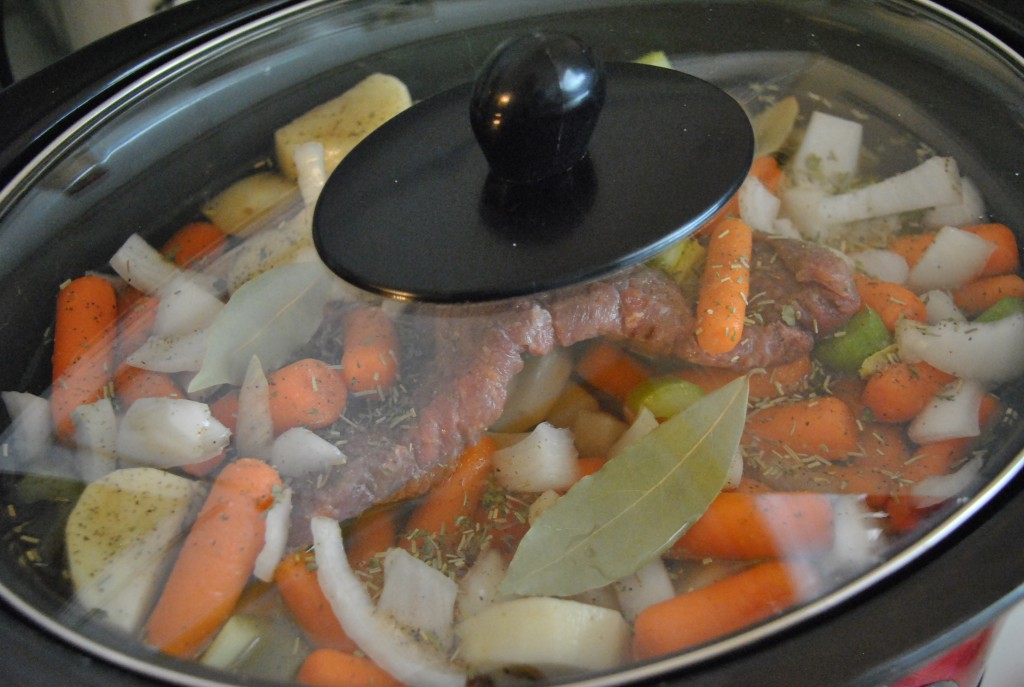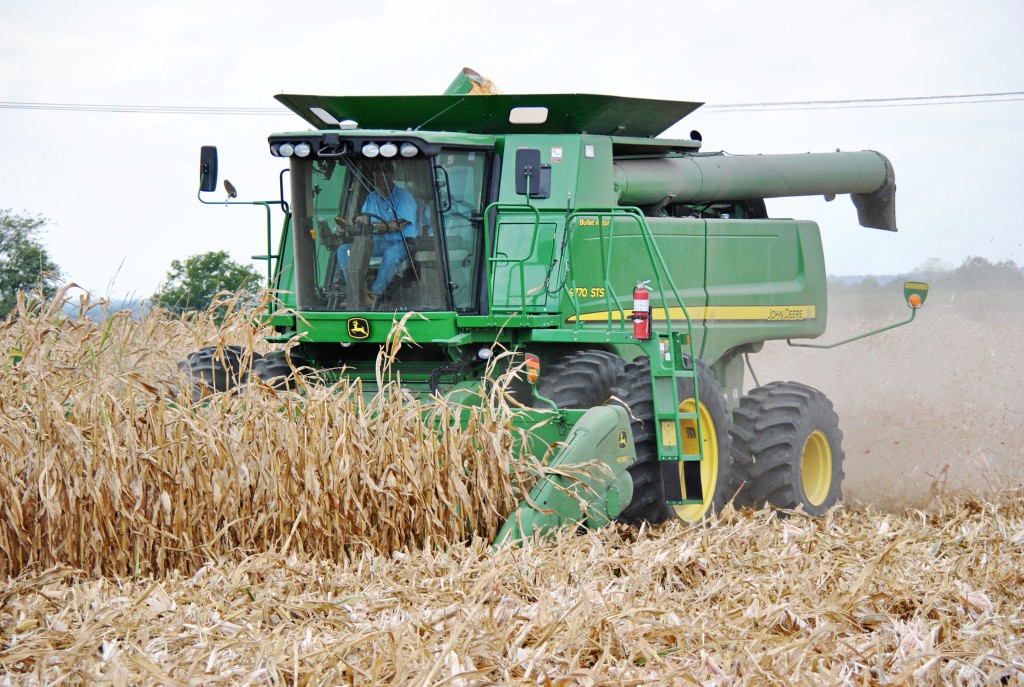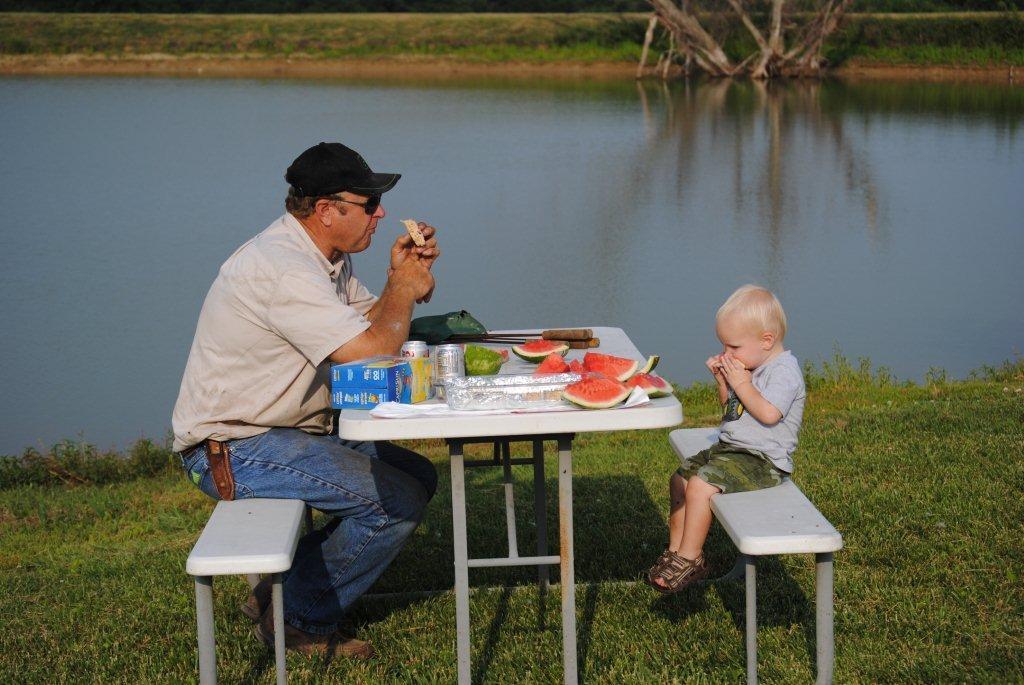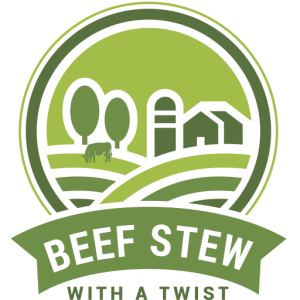Your source for Healthy and Affordable Beef
A Choice With Definite Risks – A Must Read for Moms!
Friends, (especially moms)
We came across this interesting article on Vegan Diets and wanted to share this perspective and these facts with you. Hope you find it as helpful as we did! Also, Mom has a yummy Taco Soup recipe for you at the end!
Love, Kara
A Choice With Definite Risks

Nina Planck is the author of the Real Food series and The Farmer’s Market Cookbook.
They say everything can be replaced.
—Bob Dylan
The modern American is fierce about his or her right to choose a particular “lifestyle.”
So it is with vegan diets for children. In 2007, when I argued in The New York Times that a diet consisting exclusively of plants was inadequate for babies and children, the response was dramatic, and at times, even vicious.
I believe that babies and children require a better diet. The American Dietetic Association asserts that a “well-planned” vegan diet — by which the experts mean one with many synthetic supplements — can be adequate for babies; I disagree.
The breast milk of vegan mothers is dramatically lower in a critical brain fat, DHA, than the milk of an omnivorous mother.
Nature created humans as omnivores. We have the physical equipment for omnivory, from teeth to guts. We have extraordinary needs for nutrients not found in plants. They include fully-formed vitamins A and D, vitamin B12, and the long-chain fatty acids found in fish.
The quantity, quality and bio-availability of other nutrients, such as calcium and protein, are superior when consumed from animal rather than plant sources. It’s quite possible to thrive on a diet including high-quality dairy and eggs — many populations do — but a diet of plants alone is fit only for herbivores.
For babies and children, whose nutritional needs are extraordinary, the risks are definite and scary. The breast milk of vegetarian and vegan mothers is dramatically lower in a critical brain fat, DHA, than the milk of an omnivorous mother and contains less usable vitamin B6. Carnitine, a vital amino acid found in meat and breast milk, is nicknamed “vitamin Bb” because babies need so much of it. Vegans, vegetarians and people with poor thyroid function are often deficient in carnitine and its precursors.
The most risky period for vegan children is weaning. Growing babies who are leaving the breast need complete protein, omega-3 fats, iron, calcium and zinc. Compared with meat, fish, eggs and dairy, plants are inferior sources of every one.
Soy protein is not good for a baby’s first food for the same reason that soy formula is not good for newborns. It’s a poor source of calcium, iron and zinc — and much too high in estrogen. It also lacks adequate methionine, which babies and children need to grow properly. Lastly, soy damages the thyroid, which compromises immunity and stunts growth.
Vegans may believe it’s possible to get B12 from plant sources like seaweed, fermented soy, spirulina and brewer’s yeast. Alas, these foods contain mostly B12 analogs, which, according to the health writer Chris Kresser, “block intake of and increase the need for true B12,” a vital nutrient for mental health.
Mr. Kresser argues that this is one reason studies consistently show that up to 50 percent of long-term vegetarians and 80 perent of vegans are deficient in B12. “The effects of B12 deficiency on kids are especially alarming,” he writes. “Studies have shown that kids raised until age 6 on a vegan diet are still B12 deficient even years after they start eating at least some animal products.” In one study, the researchers found “a significant association” between low B12 levels and “fluid intelligence, spatial ability and short-term memory.” The formerly vegan kids scored lower than omnivorous kids every time.
The greatest error of modern industrial life, which celebrates the lab and technology, is our love affair with the facsimile. It is time to face the music. Some things cannot be replaced. Real food is one.
You may choose to be a vegan. Your baby doesn’t have that luxury. Let her grow up omnivorous and healthy. Then watch her exercise her own freedom of choice with justifiable pride.
(Join Room for Debate on Facebook and follow updates ontwitter.com/roomfordebate.)
Here is a healthy recipe your kids will love… Karla’s Taco Soup!
-
1 chopped onion
-
1 chopped sweet pepper (red or orange)
Saute’ in 2 tablespoons oil
-
Add 1 pound ground beef, brown and drain
Season to taste
Add:
-
1 Can Ro-tel Chili-Fixin’s
-
1 Can seasoned black beans
-
1 Family-size (26 ounce) can Tomato Soup
-
1 C water
Heat and Serve with Tortilla chips, sour cream and shredded cheese (I like cheddar or Colby)!
Topping Pizzas and Saving Topsoil! All in a days work…
This was the week…Grace and Lydea started seeds of basil in our little greenhouse over a month ago. They faithfully watered the seeds and watched them grow…somewhat patiently.
And finally the basil had grown so that we could pinch the fragrant leaves and use them to season our pizza!
Stirring the dough was fun and they were so enthusiastic I didn’t get a picture.
Rolling the dough was fun too, but required sharing the rolling pin…
They were uncertain about eating green leaves on their pizza…I’m trying, Mrs. Obama. I’m trying.
Would you like to try? It’s actually quite delicious and you can leave off the “green leaves” if you prefer… Hamburger Pizza (of course!) recipe is below your “Farm Fact for the Day”! Enjoy!
Farm Fact for the Day: We recently had some fields terraced-our own and a landlord’s. Terracing protects a field from erosion—saving valuable topsoil!
Hamburger Pizza
Crust: I used a package for the dough…just add water, stir, let set 5 minutes and you’re ready to go!)
Sauce: Spaghetti sauce or pizza sauce…whatever you have on hand will work. The trick is to have a hot, hot oven and a pizza stone or wrought iron. Place crust with sauce spread evenly in oven for 5 minutes…this keeps the crust from being soggy.
Now top the pizza with browned hamburger, mozzarella cheese and basil leaves. Bake another 10 minutes or so and lunch is ready!!!
Planting – It’s a Whole New World for Today’s Farmers!
Randy has been planting corn…I took supper to him and was treated to a
ride in his tractor…
The idea of him planting seeds in a field that looks like this always concerns me….I keep thinking about the scripture that says, “Behold, the sower went out to sow; and as he sowed, some seeds fell beside the road, and the birds came and ate them up. Others fell on the rocky places, where they did not have much soil; and immediately they sprang up, because they had no depth of soil. But when the sun had risen, they were scorched; and because they had no root, they withered away. Others fell among the thorns, and the thorns came up and choked them out.”
Matthew 13:3-7 NASB
In fact, the first time my farmers planted corn in a landlord’s field without tilling it first, I prayed the landowner would not check the field that spring!
I could not imagine how we could get a good stand of corn in a mess of weeds…
But in fact, the planter is tilling…but just enough to make the rows. One pass planting conserves the moisture in the soil, conserves fuel and does not compact the soil.
I was impressed! The seed is actually planted 1 3/4 inches deep! (So there…birds of the air and scorching sun!)
Son, Ryan, is taking care of the thorns and weeds (such as water-hemp, amaranth, foxtail, grasses and other broad-leaf weeds) with the sprayer. It can handle the seedcorn maggots, seedcorn beetles, wireworms, white grubs, corn flea beetles billbugs, thrips, grape colaspis, black cutworms, southern corn leaf beetles, chinch bugs, army-worms, stalk borers, European corn borer, southwestern cornborer, corn cutworms, grasshoppers, fall army worms, corn earworms, and corn leaf aphids that try to destroy our crops!
This is the way Randy fills the planter…it takes about 100 bags of seed-corn…80,000 seeds per bag. Anywhere from 24,000 to 36,000 seeds are planted per acre…depending on the type of soil.
Take a look inside the “cockpit” of the tractor…
“The best way to describe a corn planter is ’16 machine guns shooting seed in the soil'”.
The planter monitor shows every seed planted tracking the performance of the planter…
Pictured below is the auto-steering system monitor…yep, my husband only touches the steering wheel at the end of the row…this system will even complete the turn and line up the planter again. Somehow…it remembers how the field was planted in previous years and will follow the same procedure. RTK and GPS provide this feature.
Row cleaner, tillage controls, individual row shut-off, controls to fold the planter for transportation and monitors the seed inventory…
Tractor performance monitor…
More doo-dads to click…
“Look, Ma! No hands!!”
Also notice the planter markers are not being used… GPS and RTK at work!
Conventional tilling methods lose precious moisture, compacts the soil and cost more per acre due to more labor and fuel consumed.
Notice the straight rows!
Maybe I’ll catch a ride on the sprayer next time…
Celebrate National Beef Month & Enjoy a Pepper Steak Salad!
Hi, friends! Karla’s daughter, Kara, here! As we kick off National Beef Month I want to share with you not only my mom’s YUMMY and HEALTHY Pepper Steak Salad recipe, but also some more facts regarding beef. Just the other day we found out that one of our friends had been convinced by his nutrition teacher (he is studying to be an RN) that being a vegetarian is the way to go! When we asked him what she had said that was so convincing he really couldn’t remember….what he did recall is that she pointed out that you can get protein from other places and she just recommended an entire lifestyle change. I do agree that many of us (myself included) could use a more disciplined and healthy lifestyle. However, to accomplish this lifestyle, we do not need to remove beef from our diet. In fact, that would cause more harm than good.
In addition to our friend and his nutrition teacher, one of my husband’s professors was told by his doctor that he should remove red meat from his diet to help lower his cholesterol. This was very alarming. When I began reminding my husband of the facts to share with his professor (such as eating beef in moderation can actually help lower “bad” LDL cholesterol levels) he requested I put together a list of facts so he could forward them on to his professor. I did just that and wanted to share the list with you as well. You may want to tuck some of this info into your back pocket for later use! Also, don’t forget to scroll to the bottom for that delicious and HEALTHY Pepper Steak Salad recipe and beautiful picture- also taken by my amazing Mom!
She has already shared many of these facts with you, but reminders are always helpful and we also have many new followers! Yippee!
Ok, here are the facts:
#1: Men’s Healthy Magazine Online (completely non-bias) – Jeff Volek, Ph.D., R.D. & Adam Campbell
Most people consider turkey, chicken, and fish healthy, yet think they should avoid red meat—or only choose very lean cuts—since they’ve always been told that it’s high in saturated fat.
But there are two problems in that thinking. The first problem is that almost half of the fat in beef is a monounsaturated fat called oleic acid—the same heart-healthy fat that’s found in olive oil. Second, most of the saturated fat in beef actually decreases your heart-disease risk—either by lowering LDL (bad) cholesterol, or by reducing your ratio of total cholesterol to HDL (good) cholesterol.
And besides being one of the most available sources of high-quality protein, beef also provides many important nutrients such as iron, zinc, and B vitamins. So the idea that beef is bad for you couldn’t be further from the truth
Read more: http://www.menshealth.com/mhlists/saturated_fat/Beef.php#ixzz1siyzsyls
#2: Not only does beef provide an excellent amount of nutrients, but did you know that there are at least 12 cuts of beef that are leaner than a skinless chicken thigh and meet the USDA Labeling Guidelines for lean or extra lean? Twenty of the 29 lean beef cuts have, on average, only one more gram of saturated fat than a comparable three-ounce serving of skinless, boneless chicken breast. According to USDA data, many cuts of beef are 20% leaner, on average, than USDA data indicated just 15 years ago.- http://www.beef.org/udocs/Beef%20Bytes%20Health.pdf
#3: “Today’s beef simply isn’t your father’s steak anymore. America’s beef producers have devoted significant resources to offer consumers a wider variety of leaner cuts that are delicious and easy to prepare,” says registered dietitian Mary K. Young, executive director of nutrition, NCBA. “The beef Americans love is good for them too. Lean beef is a complete recipe for better health: lean protein, essential vitamins and minerals and great taste.
#4: Beef Top round steak ranks less in fatty acid than salmon, skinless chick thigh and olive oil! Fatty Acid comparison produced by the USDA: http://www.beefnutrition.org/CMDocs/BeefNutrition/FattyAcidProfileofBeef.pdf
#5: Livestrong.com – It ALL depends upon the cut! Lean cuts can be prepared in a tasty way, but have LOW cholesterol! – http://www.livestrong.com/article/257242-the-amount-of-cholesterol-in-beef/
#6: everydayhealth.com – You don’t have to lose your taste for red meat to lower your cholesterol. According to a new study, eating beef in moderation can actually help lower “bad” LDL cholesterol levels. – http://www.everydayhealth.com/heart-disease/cholesterol/0103/beef-it-can-be-whats-for-dinner-tonight.aspx
#7: Beef fat does not raise blood cholesterol. In fact, its effects are equal to that of a diet of chicken or beans. Those are the findings of researchers from the University of Alberta, Canada.
The Department of Agricultural, Food and Nutritional Science (DAFN) study involved nine subjects consuming diets designed to simulate those of typical Canadians with consistent total fat levels making up 36% of calories. The highest beef fat diets included consumption of 8 oz. of beef products every day.
Researcher Margaret French says public perception is that beef in the diet raises blood cholesterol levels because some of its fatty acids are saturated. She reports, however, that even when the research subjects ate beef twice a day, “their total and LDL blood cholesterol levels were the same as when eating a diet of primarily chicken, beans and pulses (legumes).”
French explains that saturated fat is a mixture of different saturated fatty acids. Researchers have found that not all saturated fatty acids raise cholesterol. In fact, beef fat contains some saturated fatty acids that have been demonstrated not to raise cholesterol.
“In addition, beef fat contains a high proportion of oleic acid, which is also found in olive oil, which does not raise cholesterol,” she says. “Our study’s results mean that Canadians can enjoy beef as part of a balanced diet,” French told Canada NewsWire.
Pepper Steak Salad
Please share this on Pinterest and Facebook! You will not only be sharing a GREAT recipe but you will also be supporting agriculture by sharing our blog! Thanks, friends!
-
1 ½ cups thinly sliced cooked beef rib eye steak (1/2 pound)
-
1 small green pepper, julienned
-
1 small sweet yellow pepper, julienned
-
1 small sweet orange pepper, julienned
-
1 small sweet red pepper, julienned
-
1 can (6 ounces) pitted ripe olives, drained
-
1/3 cup prepared Italian salad dressing
In a large bowl, combine the steak, peppers and olives. Drizzle with salad dressing; toss to coat.
Yield: 7 servings.
(From Taste of Home Freezer Pleasers cookbook)
Celebrating Safe Beef with a Delish Grilled Burger Recipe!
Great news, friends! In case you haven’t heard yet, beef is safe! The cow infected with “Mad Cow Disease” did NOT enter the food chain! For more information and the facts on this finding, please read the full article below provided by Beef Magazine.
Now, with this mind, let’s all have BBQ’s this weekend! I have just the recipe for you!
Pioneer Woman’s Grilled Hamburgers
-
2 pounds ground beef
-
1 tsp salt
-
½ tsp black pepper
-
1/3 heavy cream
-
5 dashes of Worcestershire sauce
-
Tabasco sauce to taste
-
8 to 10 burger buns
Topping:
-
¼ Cup mayonnaise
-
1 tablespoon Pesto
-
1 medium red onion, sliced and sautéed in 1 tablespoon butter until golden brown
-
8 ounces button mushrooms, sautéed in 1 tablespoon butter until golden brown
-
½ cup crumbled blue cheese
Form meat mixture into 8 to 10 patties. Grill (or fry) until they’re no longer pink in the middle.
Spread both sides of the bun with the pesto mayo. Top the patty with caramelized red onion, sautéed mushrooms, and crumbled blue cheese.
Yum!!!
(From The Pioneer Woman Cooks—Food From My Frontier by Ree Drummond)
Article from Beef Magazine regarding the infected Californian cow:
On April 24, USDA confirmed a positive test result of Bovine Spongiform Encephalopathy (BSE) in a dairy cow in California. USDA has confirmed this animal did not enter the human food or animal feed supply. USDA is conducting an investigation to confirm the origin and age of this animal. In a media conference held on Tuesday evening, Guy Loneragan, epidemiologist and professor of food safety and public health and at Texas Tech University, provided an update on the case.
“Worldwide, there have been 180,000 classical cases of BSE, mostly in the UK, with 60 cases of the atypical. In the U.S., there have been four cases, with three of the four being an atypical strain of BSE — a rare form. The controls that help safeguard us from classical cases are also effective in protecting us from the atypical cases. What we do know is the firewall that protects us from classical BSE worked to protect the food supply from BSE,” Loneragan said.
“The next step will be identifying the animal, the age of that animal and the herd of origin. Investigations will be done on where the animal was born and raised and the herd will be studied to see if there are any other animals exhibiting symptoms of BSE. Of course, we are very early in our investigation, and we will continue to update the public as it unfolds. It’s important to note that BSE isn’t contagious. It can’t be passed from animal to animal or animal to person. It is transmitted from contaminated feed. However, there is a possibility that it’s not from the feed; it’s a spontaneous, sporadic event that might occur in older animals. Regardless of whether we completely understand this atypical strain of BSE, it’s important to know that we have the controls needed to protect the human and animal populations against BSE,” he added.
For questions and inquiries on BSE, direct consumers and media to www.bseinfo.org. Follow @BSEInfo on Twitter and utilize the hashtag #madcow and #BSEInfo in tweets. The beef checkoff has also developed a set of talking points for producers to use in conversations about BSE. Keep current on the latest BSE news at beefmagazine.com. Click on “BSE Information and News” in the “Hot Topics” section of the opening page.




























